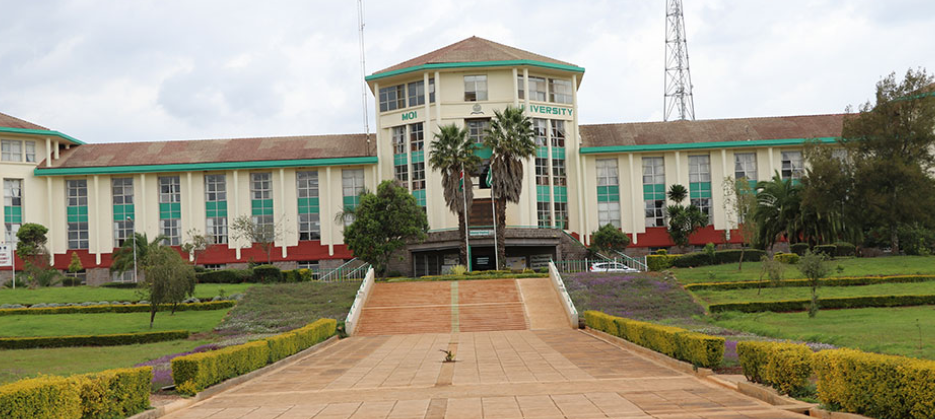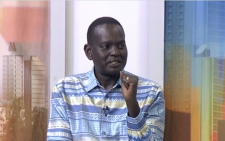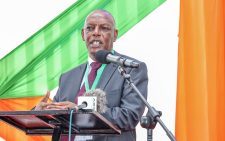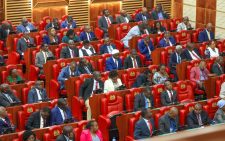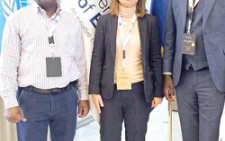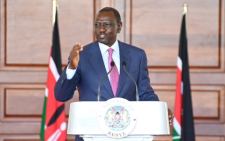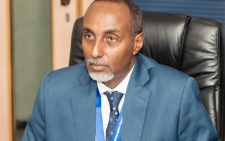In recent times, Moi University (MU) has been at the centre of public discourse, with many attributing its challenges to tribalism. This is far from the truth. As an alumnus of the university (1987-1990) and a former faculty member (1991-2013), with extensive experience in university management, I believe the root causes lie elsewhere.
Founded in 1984, MU became a transformative hub in Kenya’s higher education, introducing groundbreaking programmes like East Africa’s first School of Information Sciences and training thousands in fields such as medicine, forestry, tourism, and engineering to address national challenges. MU has also contributed to Eldoret’s transformation and regional development through agricultural programmes, medical camps, and expanded multi-campus infrastructure.
While MU started as a beacon of excellence, it has faced significant challenges that have undermined its growth and reputation. In its early years, between 1987 and 1990, rapid student enrolment led to overcrowded classrooms, insufficient student hostels, and strained services.
Its financial struggles started in the 2000s due to inadequate government funding, inconsistent fee collections, and an overstaffed administration. The university became a political employment bureau, inflating the wage bill. Reliance on insufficient government subsidies and poor pay led to staff strikes, exposing the institution’s financial instability.
MU’s rapid and unplanned expansion in the 2000s led to new schools and satellite campuses without adequate financial or strategic planning. This overstretched resources, creating inefficiencies. Many of these campuses later became independent institutions, taking valuable assets like land, buildings, vehicles, and equipment, and leaving MU with significant losses. These asset losses, estimated in the billions, far exceed MU’s Sh10 billion current debt. This worsened MU’s financial vulnerability and hindered recovery.
MU faced staffing challenges and a brain drain in the 2000s as top academics left for new campuses. The university’s location in Uasin Gishu county, one of the epicentres of the 2007/2008 post-election violence, complicated the issue, leaving MU with a younger, less experienced workforce. These untested academics quickly rose to leadership roles, resulting in poor governance and flawed decision-making.
Governance issues have been a challenge for MU for the longest time. These include allegations of corruption and mismanagement, which began to surface in the 2010s, further eroding the university’s reputation and contributing to declining public confidence and by extension, reduced student enrolment.
MU’s delayed adoption of technology, including minimal use of ERP acquired in 2022, hindered operations like admissions, finances, and governance, worsening inefficiencies. The lack of modern systems affected fee collection and financial management. Covid-19 exposed MU’s technological gaps, underscoring the urgent need for modernisation.
The current vice-chancellor, Prof Isaac Sanga Kosgey, has faced significant scrutiny, with some critics blaming his administration for the university’s troubles. However, many of MU’s challenges are deeply rooted in its history, and Kosgey’s leadership comes at a time when these issues have accumulated. Despite political controversies surrounding his appointment, his management skills are evident, but even a seasoned leader would struggle to overcome the entrenched problems at MU.
To stabilise MU, a comprehensive approach is needed, including financial, governance, and infrastructure reforms. The government should inject capital, Sh5 to Sh8 billion, to address financial instability. Transparent leadership, regular audits, and merit-based appointments are essential to rebuild trust and operational efficiency.
The university’s journey reflects a mix of historical missteps and governance issues, but with continued reforms, MU can bounce back and thrive once again.
— The writer is a Professor of physical chemistry at the University of Eldoret

